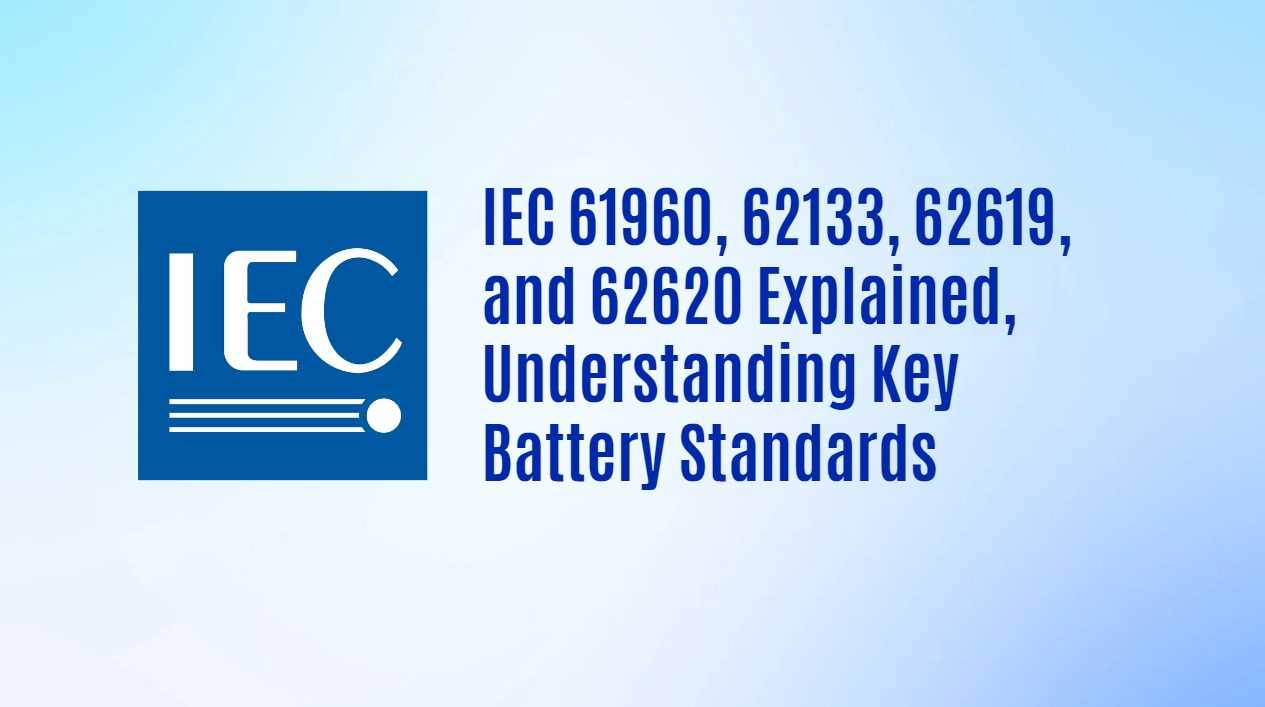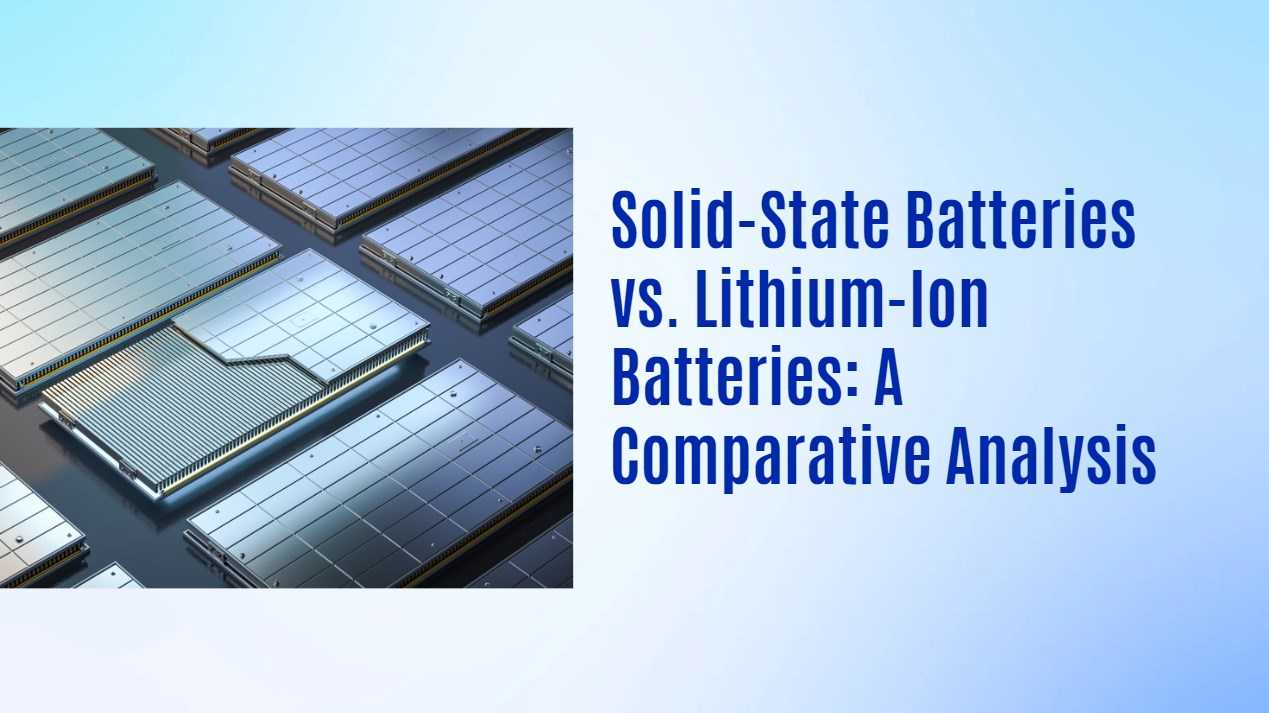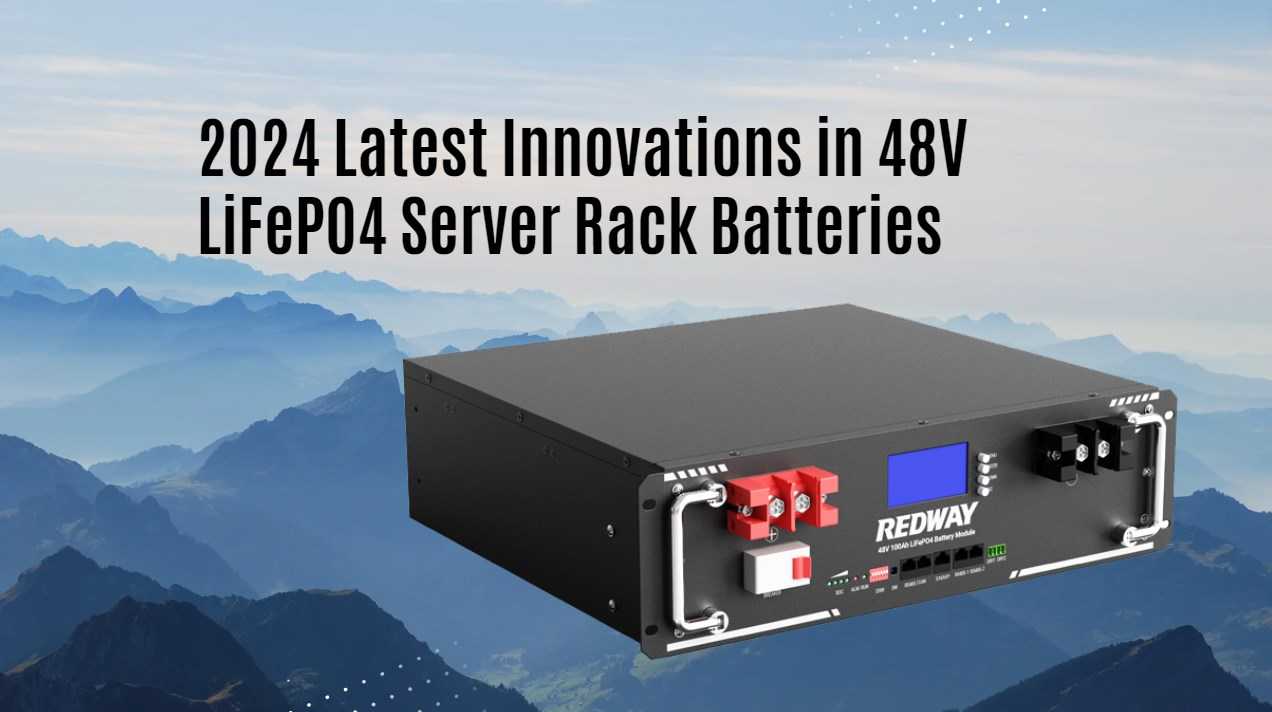IEC standards like IEC 61960, IEC 62133, IEC 62619, and IEC 62620 set global benchmarks for lithium-ion battery safety, performance, and marking. These standards cover everything from portable consumer electronics to industrial and stationary applications, ensuring batteries are reliable, safe, and efficient in their intended use cases.
What Are the Main IEC Standards Governing Lithium-Ion Batteries?
The International Electrotechnical Commission (IEC) has established specific standards to regulate the safety, performance, and marking of rechargeable lithium-ion batteries. The key standards include IEC 61960 for performance and marking, IEC 62133 for portable device safety, IEC 62619 for industrial battery safety, and IEC 62620 for stationary industrial battery performance.
These standards serve as the foundation for global battery manufacturing. IEC 61960 ensures uniform battery design and labeling, while IEC 62133 focuses on protecting consumer electronics from hazards like thermal runaway. IEC 62619 enhances safety protocols in industrial applications, and IEC 62620 focuses on performance testing for stationary systems such as emergency lighting and alarm backups.
How Does IEC 61960 Define Lithium Battery Performance and Marking?
IEC 61960 sets requirements for designations, dimensions, markings, and performance testing of secondary rechargeable cells and batteries. It primarily targets portable and backup power supplies to ensure quality and consistency.
By standardizing tests for capacity, cycle life, and physical attributes, IEC 61960 enables manufacturers like Redway Battery to deliver batteries with reliable and certified performance. Proper labeling and dimension guidelines help users correctly identify and handle battery products, supporting safer integration and use.
Why Is IEC 62133 Essential for Portable Lithium-Ion Battery Safety?
IEC 62133 is the global safety standard for sealed lithium-ion batteries used in consumer electronics such as smartphones, laptops, and tablets. It requires strict tests to minimize risks including overcharge, overheating, short circuits, and mechanical impacts.
The standard includes simulations of drop, shock, and crush scenarios to reduce thermal runaway and chemical leakage hazards. Compliance with IEC 62133 shows manufacturers, like Redway Battery, prioritize delivering safe, durable battery packs designed to protect both devices and users.
What Safety Measures Does IEC 62619 Impose for Industrial Lithium-Ion Cells?
IEC 62619 is designed for lithium-ion cells and batteries used in industrial applications like telecommunications, motive power (forklifts), and energy storage. It incorporates electrical, mechanical, and functional safety requirements to address risks such as thermal runaway and fire.
The standard mandates tests for thermal and mechanical stress and requires functional safety for battery management systems (BMS), including overcharge, overheating protection, and fault detection. Redway Battery applies IEC 62619 guidelines to manufacture highly safe industrial batteries with built-in advanced BMS features suitable for demanding environments.
How Does IEC 62620 Enhance Performance Standards for Stationary Industrial Batteries?
IEC 62620 specifies performance testing and safety requirements for secondary lithium batteries used in stationary applications such as emergency lighting, alarm systems, and communication backups.
This standard ensures batteries maintain capacity, endure discharge cycles, and tolerate environmental conditions over long periods. It also covers mechanical and thermal abuse tests. Compliance with IEC 62620 allows manufacturers like Redway Battery to offer durable and dependable energy storage products for stationary industrial use.
Who Benefits Most from Compliance with These IEC Battery Standards?
Consumers, manufacturers, and system integrators all benefit. Users receive safer and more reliable lithium-ion batteries. OEMs and pack producers gain clear guidelines to streamline design, testing, and quality assurance.
Suppliers like Redway Battery assure clients worldwide of products meeting global safety and performance criteria. Regulatory authorities rely on IEC standards to enforce market safety and facilitate international trade of battery products.
When Should Manufacturers Choose Between IEC 62133 and IEC 62619?
IEC 62133 applies to lithium-ion batteries intended for portable consumer electronics. IEC 62619 is relevant for industrial environments including forklifts, telecom backup systems, and motive power applications.
Early product planning should determine the appropriate standard to optimize safety testing and accelerate certifications. Redway Battery guides clients in selecting and implementing the right IEC standard for their specific industry requirements.
What Role Does Battery Management System (BMS) Functionality Play According to IEC 62619?
Within IEC 62619, the Battery Management System is essential for industrial battery safety. It monitors charge and discharge states, temperature, and faults to prevent hazards.
BMS features like overvoltage protection, temperature control, and cell balancing minimize risk of thermal runaway and extend battery lifespan. Redway Battery incorporates advanced BMS solutions meeting IEC 62619 standards to enhance functional safety in their industrial battery packs.
Can IEC Standards Adapt to Emerging Lithium Battery Technologies?
IEC standards are regularly updated to include developments in battery chemistries and applications. As new technologies like solid-state batteries emerge, safety tests and performance requirements are revised accordingly.
This ensures standards stay current and promote safe adoption of innovations alongside traditional lithium-ion technology. Redway Battery leverages these updates to design next-generation battery solutions that combine modern advances with proven safety practices.
How Does Redway Battery Ensure IEC Standard Compliance in Its Products?
Redway Battery integrates IEC standards at every stage of its manufacturing and design processes. Their ISO 9001:2015 certified factories use automated production and testing aligned with IEC 61960, IEC 62133, IEC 62619, and IEC 62620.
Stringent quality control, functional BMS integration, and OEM/ODM customization guarantee products that meet global safety, performance, and marking requirements. Redway’s dedication to IEC compliance positions them as a leading OEM lithium battery supplier trusted worldwide.
Table: Comparison of IEC Standards for Lithium-Ion Batteries
| Standard |
Focus Area |
Application Scope |
Key Safety/Performance Features |
| IEC 61960 |
Performance and Marking |
Portable & Backup Batteries |
Designations, capacity tests, labeling, size standards |
| IEC 62133 |
Safety |
Portable Consumer Electronics |
Protection from overcharge, short circuit, mechanical abuse |
| IEC 62619 |
Safety |
Industrial Lithium-Ion Batteries |
Thermal runaway control, BMS safety, mechanical tests |
| IEC 62620 |
Performance and Safety |
Stationary Industrial Batteries |
Capacity retention, cycle life, environmental and abuse tests |
Redway Expert Views
“IEC battery standards form the cornerstone of safety and performance in the lithium-ion industry. At Redway Battery, we embed these standards deeply within our engineering and manufacturing to deliver safe, reliable, and high-performing battery packs. Our thorough approach ensures our products meet diverse client needs—from consumer electronics to robust industrial applications—helping drive innovation and market confidence.”
— Redway Battery Engineering Team
Conclusion
IEC standards IEC 61960, 62133, 62619, and 62620 are crucial for ensuring lithium-ion batteries meet safety, reliability, and performance requirements across various sectors. Selecting the appropriate standard early can reduce risks and speed up product certification. For buyers and manufacturers alike, choosing IEC-compliant batteries guarantees enhanced safety and dependable operation. Redway Battery exemplifies a trusted partner with proven expertise in delivering IEC-certified lithium battery solutions worldwide.
FAQs
Q1: Are all lithium-ion batteries required to comply with IEC standards?
Compliance varies by application. Consumer electronics typically require IEC 62133, while industrial and stationary batteries follow IEC 62619 or IEC 62620.
Q2: Does IEC 62133 cover lithium polymer batteries?
Yes, it includes sealed secondary lithium-ion batteries such as lithium polymer used in portable devices.
Q3: How often are IEC standards updated?
Standards are reviewed every 5 years or as necessary to keep pace with technological advances and safety improvements.
Q4: Can batteries certified under IEC 61960 be used in industrial settings?
IEC 61960 focuses on performance and marking; industrial safety usually requires IEC 62619 compliance for more rigorous safety features.
Q5: How critical is BMS compliance in IEC 62619?
BMS compliance is vital to ensure operational and functional safety, preventing hazardous events in industrial batteries.




